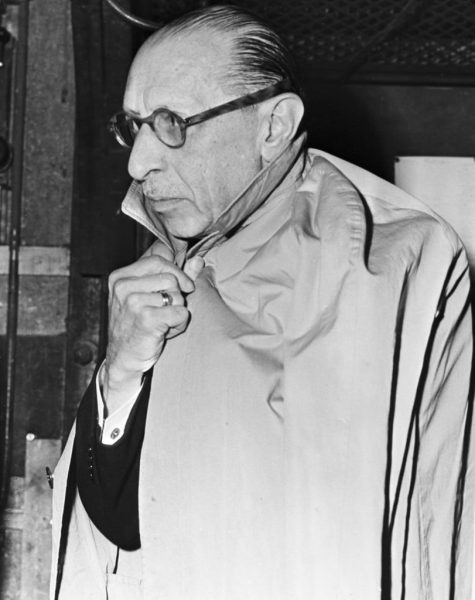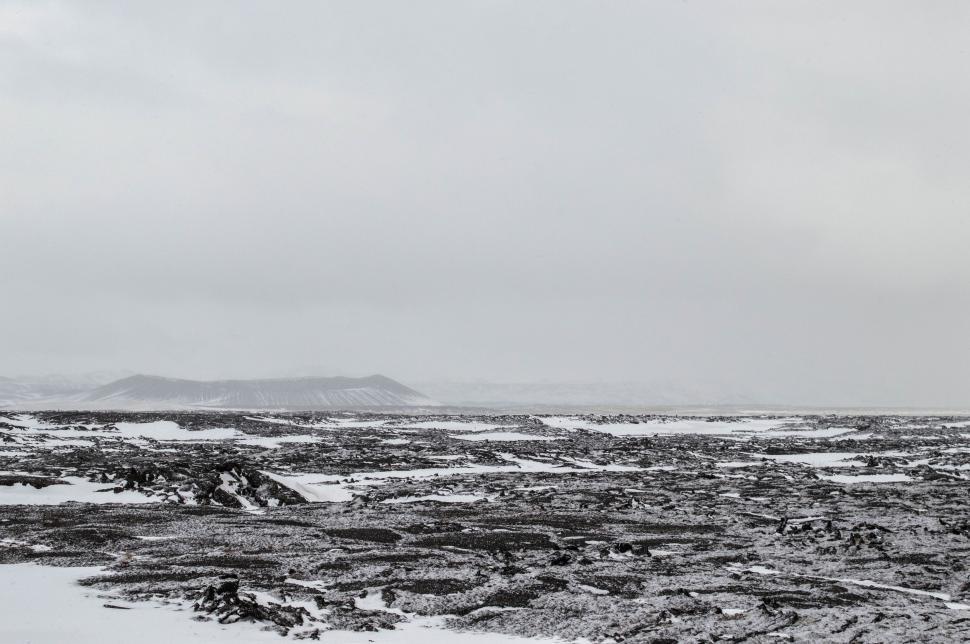Redefining the field of classical music and sending shockwaves through the musical community, the man who illustrated what symphonic sound could and should be was Igor Stravinsky (1882-1971). A Russian composer and pianist, Stravinsky contributed some of the most tremendous feats to musical history, acting as a prominently influential figure who broke free from the chains of the traditional. Past composers largely used similar techniques and layouts for their works, but Stravinsky, through his revolutions, transformed the creation process of future composers.

Stravinsky refused to be pursued and trapped by both the musical industry and his parents, who wanted him to follow a life in the field of law. Interestingly, both of Stravinsky’s parents were involved in the musical field, with his father being a successful bass singer, and his mother being a pianist. With this, trips to the St. Petersburg Opera were common and countless, which imparted substantial influence on Stravinsk’y early interest in the musical field and shaped his future compositions. One of these experiences, a trip to see another musical great, Peter Tchaikovsky, had a particularly profound impact on Stravinsky. “I was far from realizing at the moment that this glimpse of the living Tchaikovsky – fleeting through it was -” Stravinsky recalled, “would become one of my most treasured memories”
It was set from this moment forward that Stravinsky would not be a figure in law; rather, he would relentlessly pursue a career of ultimate success in the music industry. Obtaining invaluable discipline from Nikolay Rimsky-Korsakov as his private musical teacher, Stravinsky became a master on the piano, effortlessly crafting and playing pieces. Eventually, upon Rimsky-Korsakov’s death, Stravinsky would obtain several other lesson tutors that would expand his experience and enlighten him to the vastness of classical music.
In combination with each other, the life experiences, imprints of teachers, and personal preferences would lead Stravinsky to pursue a distinct form of neo-classicism, reviving traditions of the classical period in an unprecedented way, often incorporating the breath of nature into his work. This unique interpretation of what classical music should be led Stravinsky’s work to be deplored and certainly not widely accepted. Radically opposed, Stravinsky refused to hold back, continuing to send shockwaves throughout the musical field, eventually reaching a monumental climax with his infamous score for the ballet, The Rite of Spring.
For an entertaining and comprehensive understanding of this piece and the life of Stravinsky, check out this animated YouTube video by Classics Explained. In summary, complex rhythms, unconventional orchestration, and exploitation of Western prejudices against Russia came together in a snapping point of tension that sparked a physical riot at the premiere of this piece. The Rite of Spring is the score for a ballet that consists of a quick and dynamic moving landscape made through a combination of the scenes of spring, rituals, abductions, glorification, and sacrificial pagan dances. See below some of the characters and choreography of The Rite of Spring.
Deranged, distressing, and full of despair, when I first listened to The Rite of Spring I thought “This is just a bunch of noise.” However, listening to the piece over a hundred times, and exploring the different interpretations of the piece, I have come to realize and appreciate the terrifically abrasive and crazed nature of the piece.
A piece that fits on the rare end of the spectrum of programs played by professional orchestras, I managed to get the opportunity to enjoy The Rite of Spring in person at the Cleveland Orchestra, conducted by the exceptional Klaus Mäkelä. The piece lasts for around 35 minutes, but during this performance, it felt like five. Exhausted by the end of the performance, my body physically ran out of goosebumps, something I had never felt before, truly showcasing the power of this piece.

When you get a chance to listen to this piece, which you most definitely should strive to do, I of course recommend seeing it in person played by a professional ensemble. When such cannot be achieved, the shockwaves of this piece can still be felt through headphones.
My first recommendation would be “Stravinsky: Le Sacre du Printemps” by Teodor Currentzis (2015). This recording I listen to several hundred times a month (300 last month). I know, it is a lot, but it is worth it. This recording takes an alternative approach, blistering through the piece at a much higher tempo than most other recordings, which just exacerbates the exhilaration of this piece.

For a more refined version of this piece, the 1991 recording by Leonard Berstein and the London Symphony Orchestra is a rendition tough to be beat. With the incredible ability of the London Symphony to showcase its dark strings electric woodwinds and brass in combination with the exceptional conducting ability of Bernstein, this piece impales a sense of dread in the listener, the true effect of what Stravinsky was aiming for.
Finally, I have to recommend the 2023 recording of The Rite of Spring by Klaus Mäkelä and the Orchestre de Paris. This recording captures the exhilarating conducting style of Mäkelä. I can imagine Mäkelä jumping, swinging his arms, violently conducting, facilitating the dread, the vigor, the strength, and the ominous intensity of this piece.
Any of these recordings can be found on major music streaming platforms including Spotify, Apple Music, Tidal Music, Amazon Music, and others. For great video recordings, check out the video recording by the London Symphony Orchestra led by Sir Simon Rattle. Additionally, I highly recommend you check out this Youtube Short of Klaus Mäkelä conducting to really enjoy and recognize the passion that is put into this piece (goosebumps guaranteed).
Note: All of the information not linked can be found here.










